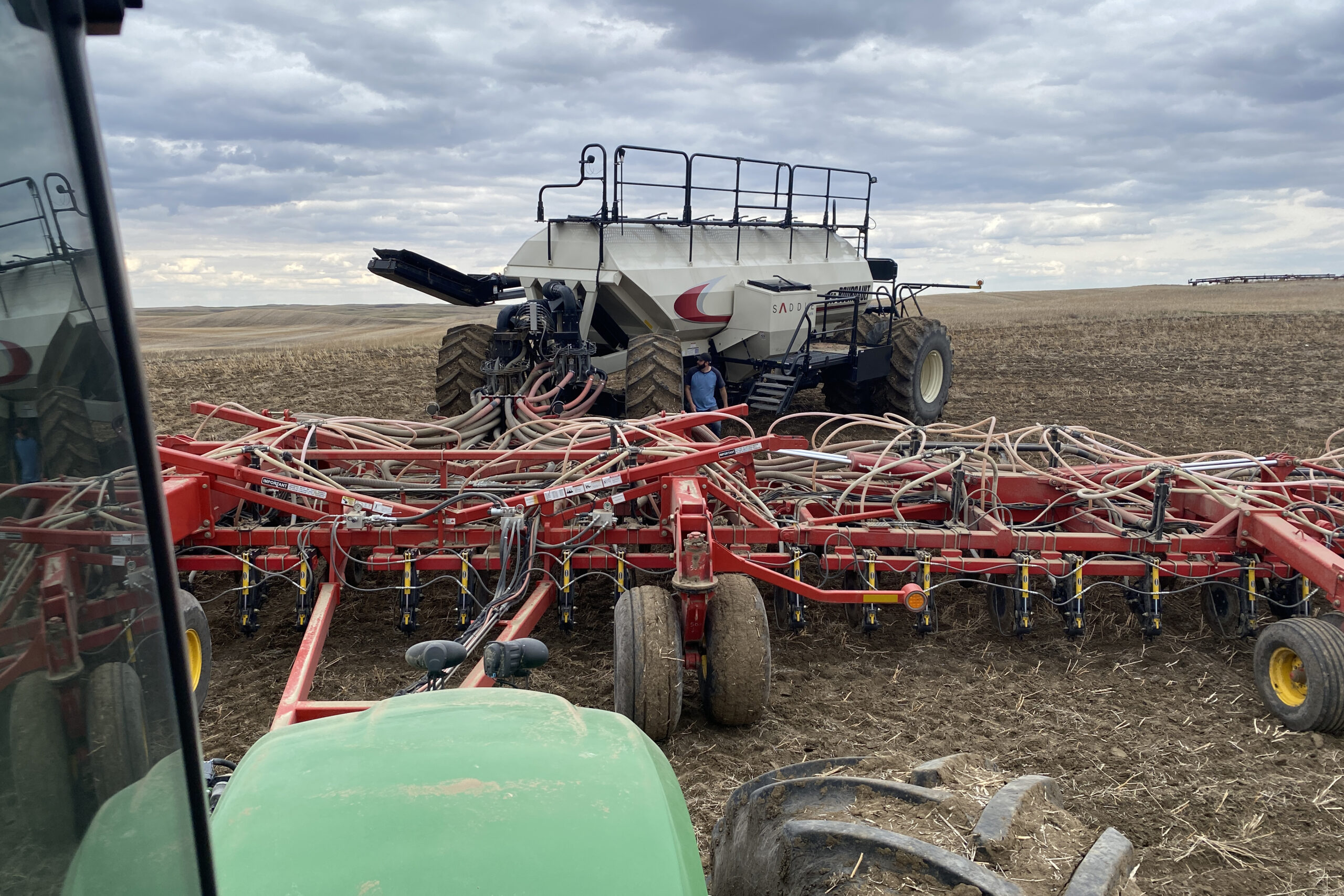By Chuck Penner, LeftField Commodity Research
May 2022
There have been a lot more question marks than usual about 2022 seeded area in Western Canada. For one thing, many crops have experienced record prices, and most others are still at multiyear highs. Other big factors affecting decisions included sky-high fertilizer prices and availability of seed and other crop inputs. Feedback also showed that, depending on each farm’s circumstances, factors affecting acreage decisions were very different.
On April 26, Statistics Canada (StatCan) issued its 2022 seeding intentions estimates based on a March survey of 11,500 farmers. Planting plans can still change in the meantime, especially with some areas very dry and others faced with planting delays, but these survey results are a good first step in the 2022/23 market outlook. And as always, actual yield outcomes will be as important or an even bigger factor than the number of acres.
StatCan’s estimate of 2022 pea seeded area came in at 3.55 million(M) acres, 270,000 acres (7%) less than last year. Clearly, the issue of fertilizer prices didn’t provide much boost for peas as farmers shifted more acres toward cereal grains like wheat and oats. The decline wasn’t spread out evenly though, with seeded area in Saskatchewan reported down 12% while Alberta was lower by less than 2% and Manitoba acres are expected to increase by 5%.

StatCan does not provide a breakdown of acres by type in these early estimates, but there is a good chance most of the 2022 acreage declines are showing up in green peas, with yellows only slightly lower. Of course, yield outcomes could easily outweigh acreage changes, especially after last year’s crop disaster. Even if yields recover back to the latest five-year average yield, the Canadian pea crop would be more than a million tonnes larger than last year.
In contrast to the declines in pea acres, farmers told StatCan they would be planting more lentils than last year. Seeded area is forecast at 4.49 M acres, 4% more than last year and the second highest on record. In the case of lentils, lentil seeding intentions show a 6% increase in Saskatchewan and a 9% decline in Alberta.

Prices for green lentils have been stronger than reds, and a green lentil premium is normally needed to maintain acreage. As a result, there is a good chance the mix of green versus red lentils is not going to change much in 2022. Conditions in lentil growing regions of the Prairies are extremely variable and yield outcomes are more uncertain than usual. Penciling in the latest five-year average yield would mean a 2022 lentil crop of 2.55 M tonnes, which would be a recovery of 900–950,000 tonnes from the poor 2021 crop.
The StatCan survey results showed 2022 chickpea plantings would be 175,000 acres, down 6% from last year and the lowest acreage since 2015/16. The main chickpea growing areas are in parts of the Prairies that are still very dry, which will make 2022 yields vulnerable. For now, using the latest five-year average yield would put the 2022/23 crop at 110,000 tonnes. That would be 45% more than last year’s crop disaster but is not large enough to rebuild supplies, which suggests another year of tight stocks in 2022/23.
The biggest declines in this year’s pulse acreage estimates are dry beans, which StatCan pegged at 337,000 acres, 100,000 acres (23%) less than last year. While acreage data was missing for some provinces, it looks like white bean area would drop to 118,000 acres, 16% less than last year while coloured bean area would slip to 221,000 acres, 25% less than last year. According to StatCan, the largest drop would show up in Manitoba where the dry bean area is 33% smaller than last year. The acreage total, along with an average yield would put the 2022 crop at 320,000 tonnes, 17% less than last year.
All these estimates are subject to change in the next StatsCan acreage report due out in June. That report will be based on an even larger farmer survey and will include breakdowns by type. Even then, it’s only one piece of the market puzzle for 2022/23. Fingers are crossed for a much better 2022.
Chuck Penner operates LeftField Commodity Research out of Winnipeg, MB. He can be reached at info@leftfieldcr.com.


